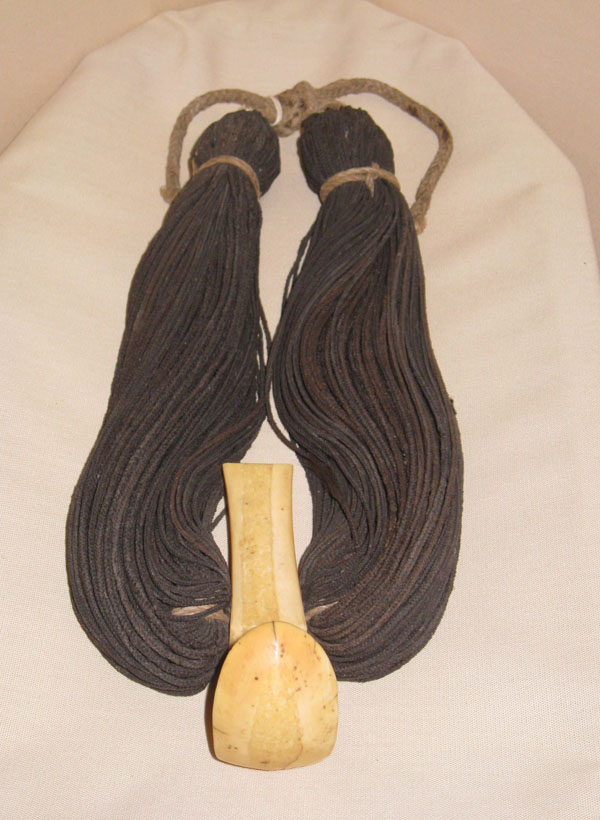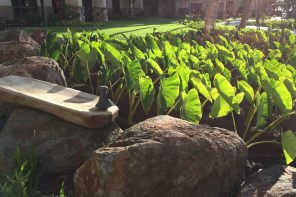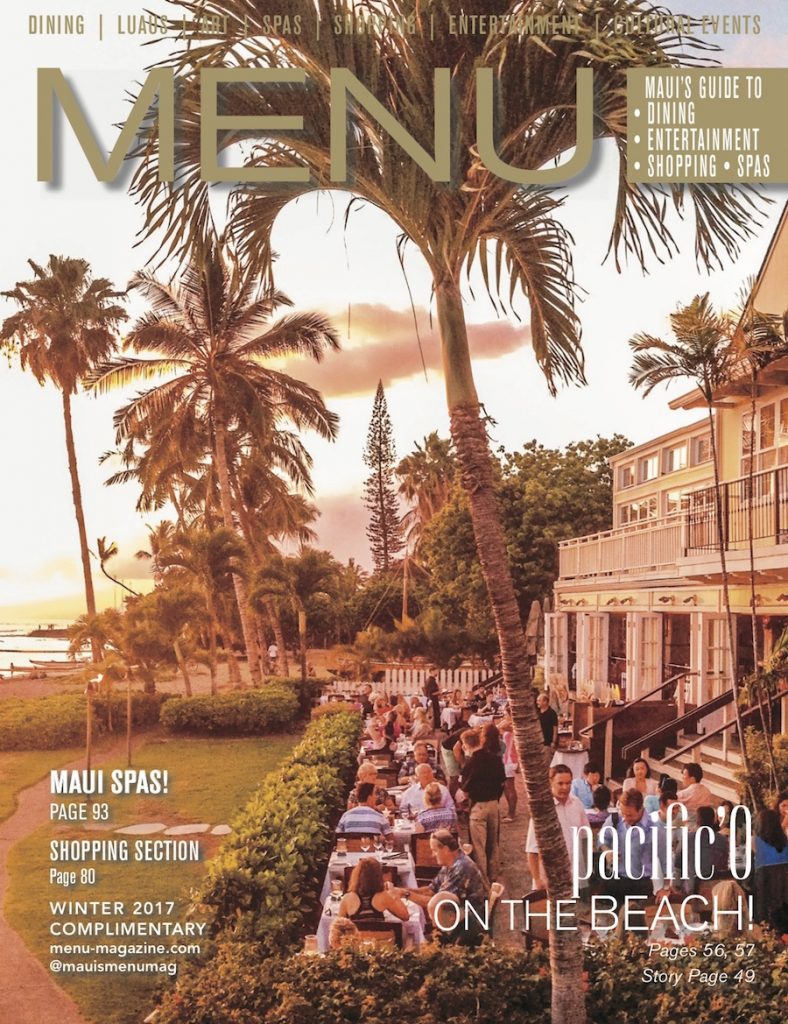In America, we relish the saying “diamonds are a girl’s best friend.” But did you know that in ancient Hawai‘i feathers of birds were the most prized possession of all?
Forest birds and honeycreepers, some of which are now extinct, were sought after for their colorful feathers: the black mamo with yellow thigh and tail feathers, bright scarlet ‘i‘iwi, and deep crimson ‘apapane. Several feathers were plucked from each bird and then stored until tens of thousands had been collected to create one cape or hundreds of thousands for a royal cloak.
Helmets were also decorated with feathers tied onto the braids of cordage. Usually, only distinguished warriors and chiefs would wear the capes; long cloaks were reserved for royalty. Helmets made from finely woven cordage with mushroom-like ornaments on top, and caps made from human hair were used by warriors and lesser chiefs. Woven crested helmets covered with feathers completed the regalia for high chiefs and kings. Female chiefs had feather-decorated combs made for their hair.
Women typically prepared, pounded and decorated bark cloth, known as kapa (tapa), for their clothing. Variations appeared in thickness of the cloth, color dyes, and stamped designs. Nowhere in Polynesia were such thin types of cloth made as in Hawai‘i. The finest was similar to gauze, called kalukalu, and had watermark perforations which made it look like lace! Women wore knee-length skirts (pa‘u) and men wore loin cloths known as malo made from this cloth.
The commoners would utilize plant materials, such as dried ti leaves, sedges and fiber from the outer bark of banana trunks, to create extra garments for use in cold weather or sandals for walking over lava rock.
What about accessories? As we all know, lei, Hawaiian necklaces, are beautiful adornments made from nature’s bounty. Fragrant and vibrant flower heads, lacy ferns, leaves from shrubs and trees, multi-colored seeds and nuts, and delicate shells from the sea are
the most popular lei making materials still
in use today.
In ancient times, Hawaiians also made lei, and leggings, from animal bone and teeth, often secured and suspended by fine braids of human hair. The niho palaoa (carved whale tooth) pendant was a decoration worn only by high chiefs, and signified his rank in battle or ownership of property as an ali‘i.
Ali‘i were also recognized by their feathered staffs or standards, known as kahili. Wherever the high chief, king or queen went, his or her kahili bearer went, too. These elegant, plumed emblems were also used as a fly brush, or fan, in the style of a sheik’s palm-waver or a Victorian lady’s accoutrement. Maybe feathers are really a girl’s best friend.





